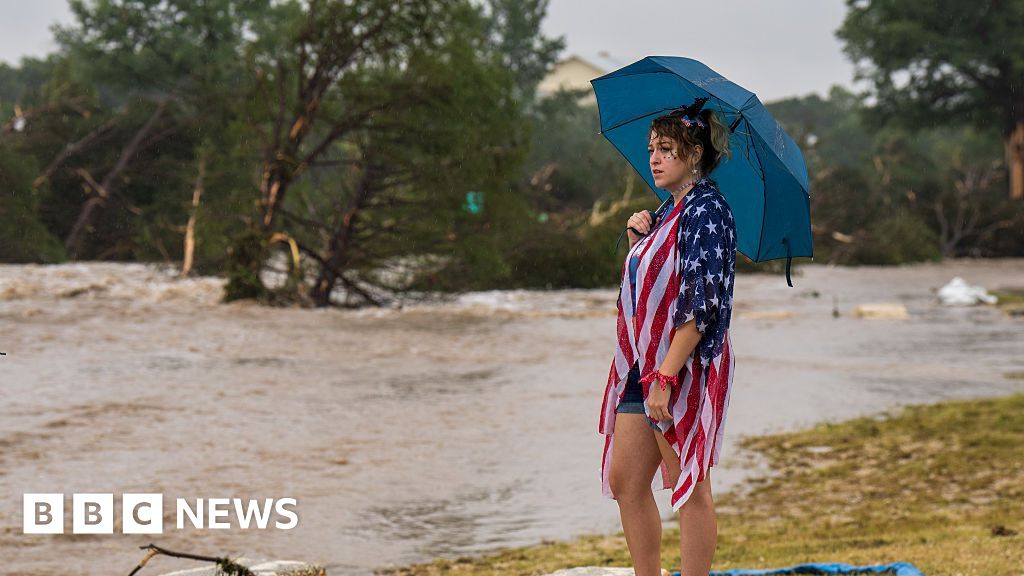We know that regular supernovas pose no existential threat to life on Earth in the near-term. But there are other varieties of supernova that are a little bit harder to predict, and a little bit harder to spot.
For example, there are special cases of supernovas where the dying star is enshrouded by a thick layer of dust. And then the shock wave from that explosion hits the dust and creates way more of a flood of X-rays than a typical supernova.
Then, because of the interaction between the shock wave and the dust, you get a whole lot of cosmic rays that come a few centuries later. And so it’s a nasty one-two punch where you get this flood of X-rays that can weaken an ozone layer. And then a few hundred years later before the ozone layer has had time to repair itself, the cosmic rays just finish the job. These kinds of supernovas can be deadly from up to 150 light-years away.
Thankfully, there are no such systems within 150 light-years of Earth.
But there’s this whole other kind of supernova, the Type 1a. These have a completely different mechanism for going boom. This is when a white dwarf is orbited by a companion that nears the end of its life. The companion swells to become a red giant, pours material down onto the surface of the white dwarf until it reaches a critical threshold and then…things go bad. The thing about white dwarfs is that they are generally small and dim, so they are much harder to detect.
And their final evolution towards a supernova is much more random. One day, they’re just fine just hanging out. You know, material is accumulating on their surfaces like it’s no big deal. And then—surprise—they’ve turned themselves inside out in a nuclear inferno. So Type 1a supernovas are much harder to predict.
Once again, I’m going to help you sleep tonight. The nearest candidate is the binary white dwarf IK Pegasi which is about 150 light years away—well outside the danger zone.
But before you get too complacent, there’s an entire other category of cosmic explosion. These are the gamma ray bursts.
There are two kinds of gamma ray bursts. One kind is triggered by neutron star mergers. The other is from hypernovas. These are when the biggest, biggest, biggest stars die, and they form either a neutron star or a black hole in the center. And then the material that was trying to explode out instead gets swallowed in by the black hole, forms an accretion disk, and then this jet of material blasts out.
Either way, gamma ray bursts are fascinating and awful.
The trouble with gamma ray bursts is that when they go, their radiation is focused into a narrow beam. They’re almost like these gigantic cosmic lasers.
They’re also incredibly powerful. Some of the most powerful explosions in the universe. You thought supernovas were powerful, but gamma ray bursts put them to shame.
So you get a combination of incredibly powerful outputs of high-energy radiation like gamma rays focused into a tight beam. Now the good news with gamma ray bursts is that most of the time the beams are not going to be pointed at the Earth because they’re pointing in all sorts of random directions. Most of them are just going to miss.
But by sheer bad luck one could point itself right at the Earth. We’ve done the math here, and a gamma ray burst can be deadly from about 10,000 light years away. Ten thousand light years is a pretty decent fraction across the entire Milky Way galaxy. And these are essentially impossible to predict because they are so far away.
We suspect we have likely been blasted by a gamma ray burst in the past, potentially with devastating ecological consequences.
In other words, when it comes to gamma ray bursts we’re probably safe. But, you know, it could come any day, any time, from any direction in the sky, and there’s absolutely nothing we could do about it.
Sweet dreams.
Citation:
Would we know if a supernova was about to hit the Earth? (2025, March 20)
retrieved 20 March 2025
from
This document is subject to copyright. Apart from any fair dealing for the purpose of private study or research, no
part may be reproduced without the written permission. The content is provided for information purposes only.

















